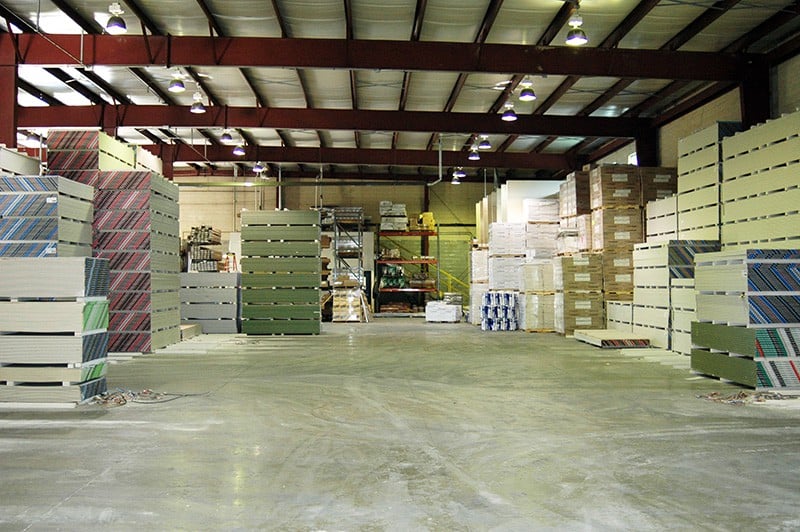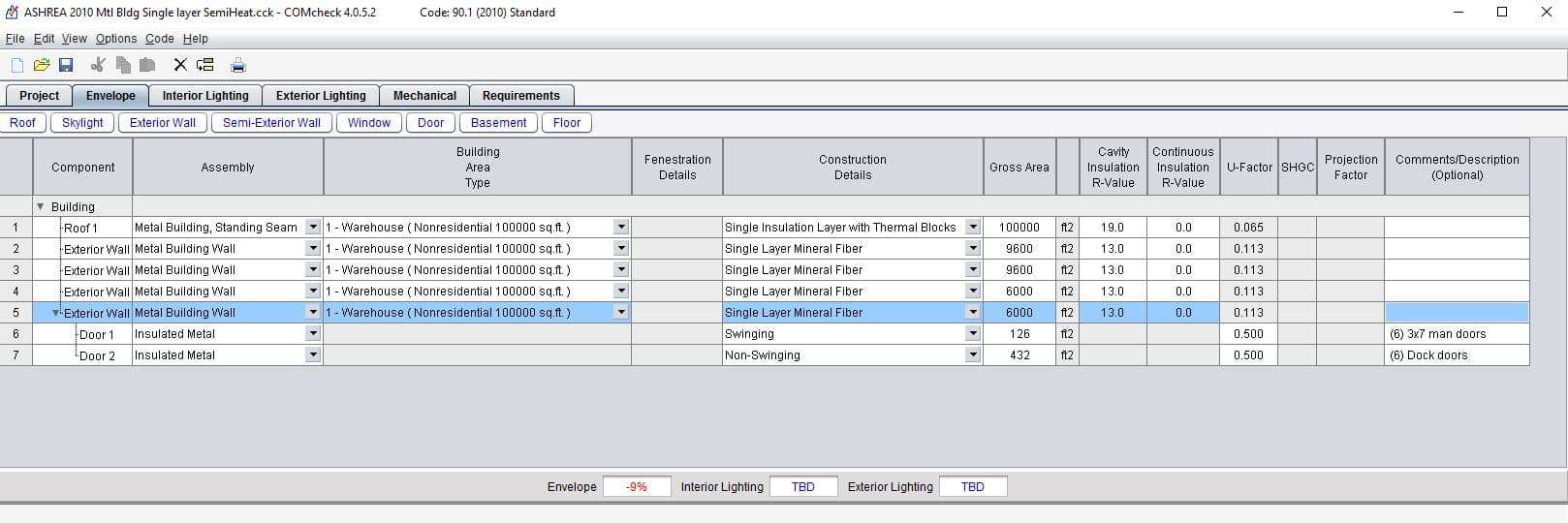FMC ARCHITECTS BLOG
IS YOUR NEW METAL BUILDING ENERGY CODE COMPLIANT?
Published: December 26, 2016

Is your new metal building energy code compliant? Click here for PDF download.
Seems like a simple question, right? Not all metal buildings are the same, but they are not all that different either. Over the years, metal buildings has been used for so many different structure types and has become a proven system including; warehouses, storage facilities, distribution centers, shopping centers and homes, just to name a few.
Updates to the energy code occur every three years or so. At times, it’s challenging to comply. If you are familiar with insulation-certified assemblies, an energy-compliance program and building-envelope design, you should have no problem.
Here in Ohio, we ended 2016 with two options to meet the energy code, 2009 IECC or ASHREA 90.1-2007. With the new year, comes a new code. Along with many other states, Ohio is adopting the 2012 IECC and ASHREA 90.1-201o energy codes starting January 1, 2017. As the designer and architect, you have a choice of which code to follow. Both codes become more and more stringent with each update. Many professionals choose the ASHREA code over the IECC as it is more forgiving than the IECC code.
The use of an energy-compliant program is almost essential in helping you reach compliance. The plans examiner may ask for this report as part of the permit submittal as proof that your design complies. I tend to use ComCheck for all my non-residential projects. Some states won’t accept this program, so check your state requirements.
There are two ways to enter building information, and you do not have to stick with one system. IECC and ASHREA both allow Prescriptive and Performance paths to documenting compliance of your building. The Prescriptive way specifically describes the system. As an example; a wall system calling for R-13 and R- 13ci (continuous insulation) is more conservative than Performance and provides less flexibility.
The Performance method provides a U-factor performance for an entire “system.” The proposed assembly system needs to be tested through a “hot-box” test. It then becomes a certified system with data backup as evidence. The U-factor would be the overall performance of all the components within the system. Some Performance systems are built-in as defaults to help make things easier. There are many assembly systems that have been tested, so check with your vendors.
Metal building using ASHREA 2010:
100,000 sf metal building, 250′ x 400′ with eave height of 24′. Used for warehouse/storage use, heat only.

The building complies with the typical R-13 walls and R-19 roof, standard metal building faced insulation. Take the same building and make it a conditioned building.

The building does not comply. In order to meet compliance, modifications to the building design are needed.
The same conditioned building with modifications to the insulation system to bring the building in compliance.

The roof insulation was modified from a single layer of R-19 to a double layer system of R-11 and R-19 with thermal blocks. The wall insulation increased from R-13 to R-19.
The use of the semiheated option in ASHREA takes into account that a warehouse, manufacturing or storage facility that does not need to be cooled can therefore have different thermal properties. IECC does not have this option.
In conclusion, it is not difficult to comply with the updated energy code. The proper state code, building information and increase in insulation thickness or a different assembly system may be in order for compliance.
Just a side note, the ComCheck becomes part of the plan review and is subject to all inspections for compliance. I have known some people to “tweak” the report to meet compliance. The drawings and ComCheck must match. The acting authority has the right to deny final approval until the drawings, energy calculation and field conditions all match. That could be a costly “tweak”.
Contact FMC Architects if you would like a consultation regarding your metal building needs.
